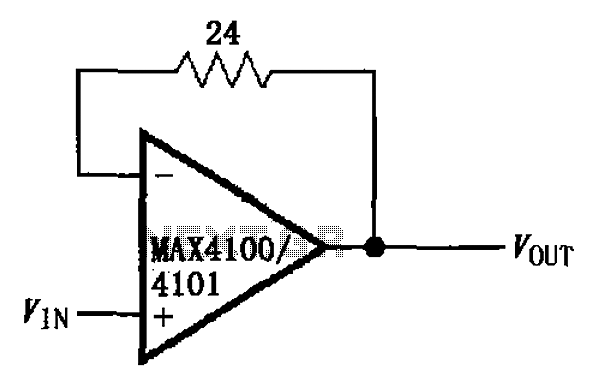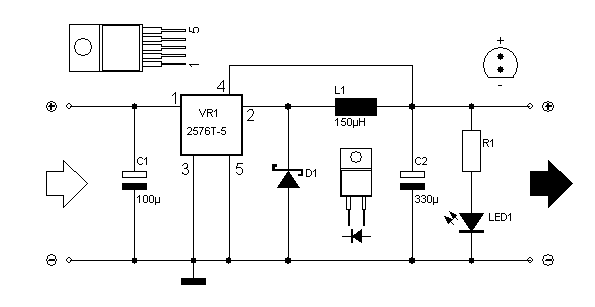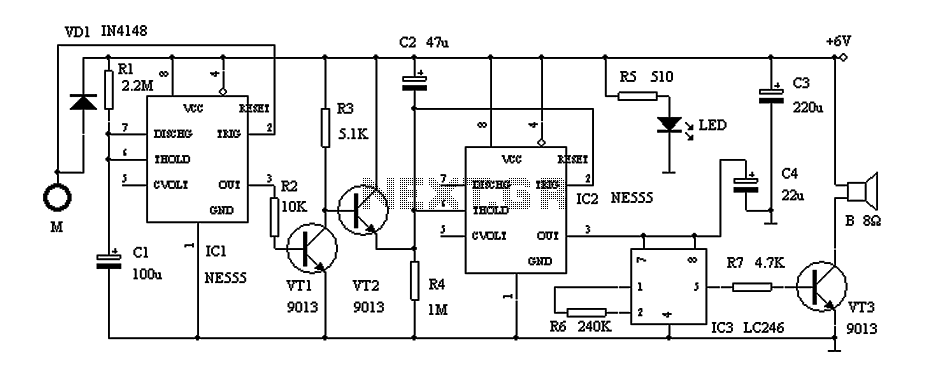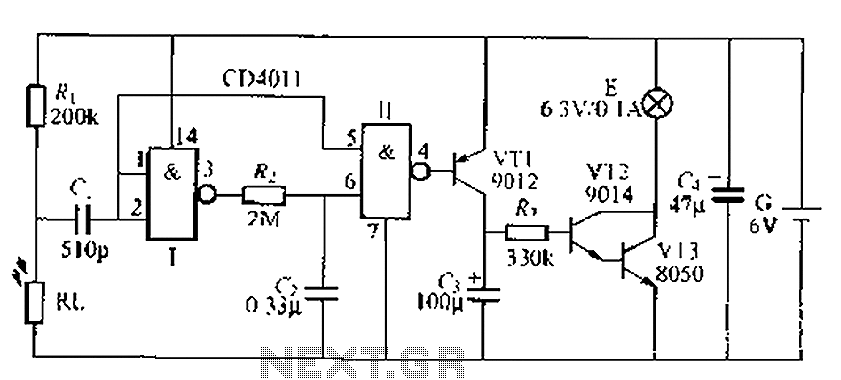
arduino Circuit with switching MOSFET not working
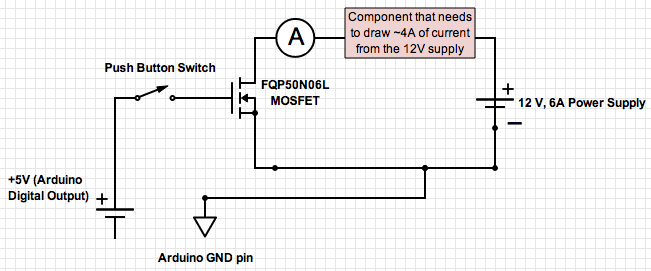
If the ground of the Arduino is disconnected from the negative terminal of the power supply, current flows through the MOSFET, even when the switch is not closed.
In an electronic circuit involving an Arduino and a MOSFET, maintaining a common ground reference is crucial for proper operation. The Arduino microcontroller typically requires a stable ground connection to function correctly. When the ground of the Arduino is disconnected from the negative terminal of the power supply, it creates a floating ground condition. This can lead to unexpected behavior in the circuit.
In this scenario, the MOSFET, which is a type of transistor used for switching or amplifying electronic signals, may still conduct current even when the control switch is open (not closed). This phenomenon occurs because the gate-source voltage (Vgs) may still exceed the threshold voltage (Vth) required to turn the MOSFET on, due to the floating ground. This can happen if there are stray voltages or capacitive coupling in the circuit, which can inadvertently turn on the MOSFET.
To prevent such issues, it is essential to ensure that all components in the circuit share a common ground. This can be achieved by connecting the ground pin of the Arduino directly to the negative terminal of the power supply. Additionally, careful circuit design should include decoupling capacitors and proper layout techniques to minimize noise and ensure stable operation. Implementing these practices will enhance the reliability of the circuit and prevent unintended current flow through the MOSFET when the switch is open.If I disconnect the ground of the Arduino from the negative terminal of the power supply, current flows through the MOSFET, even when the switch isn`t closed! 🔗 External reference
In an electronic circuit involving an Arduino and a MOSFET, maintaining a common ground reference is crucial for proper operation. The Arduino microcontroller typically requires a stable ground connection to function correctly. When the ground of the Arduino is disconnected from the negative terminal of the power supply, it creates a floating ground condition. This can lead to unexpected behavior in the circuit.
In this scenario, the MOSFET, which is a type of transistor used for switching or amplifying electronic signals, may still conduct current even when the control switch is open (not closed). This phenomenon occurs because the gate-source voltage (Vgs) may still exceed the threshold voltage (Vth) required to turn the MOSFET on, due to the floating ground. This can happen if there are stray voltages or capacitive coupling in the circuit, which can inadvertently turn on the MOSFET.
To prevent such issues, it is essential to ensure that all components in the circuit share a common ground. This can be achieved by connecting the ground pin of the Arduino directly to the negative terminal of the power supply. Additionally, careful circuit design should include decoupling capacitors and proper layout techniques to minimize noise and ensure stable operation. Implementing these practices will enhance the reliability of the circuit and prevent unintended current flow through the MOSFET when the switch is open.If I disconnect the ground of the Arduino from the negative terminal of the power supply, current flows through the MOSFET, even when the switch isn`t closed! 🔗 External reference

